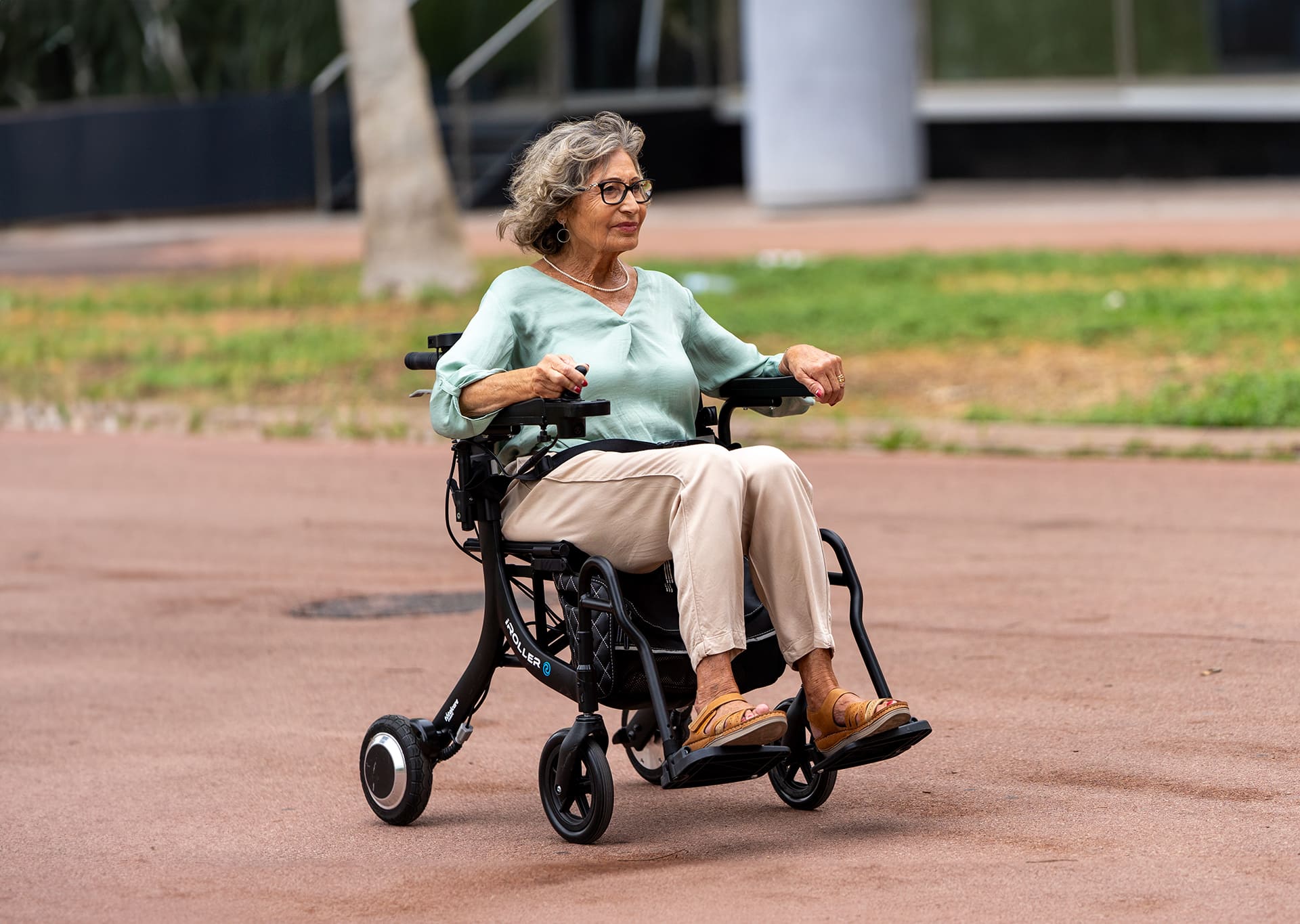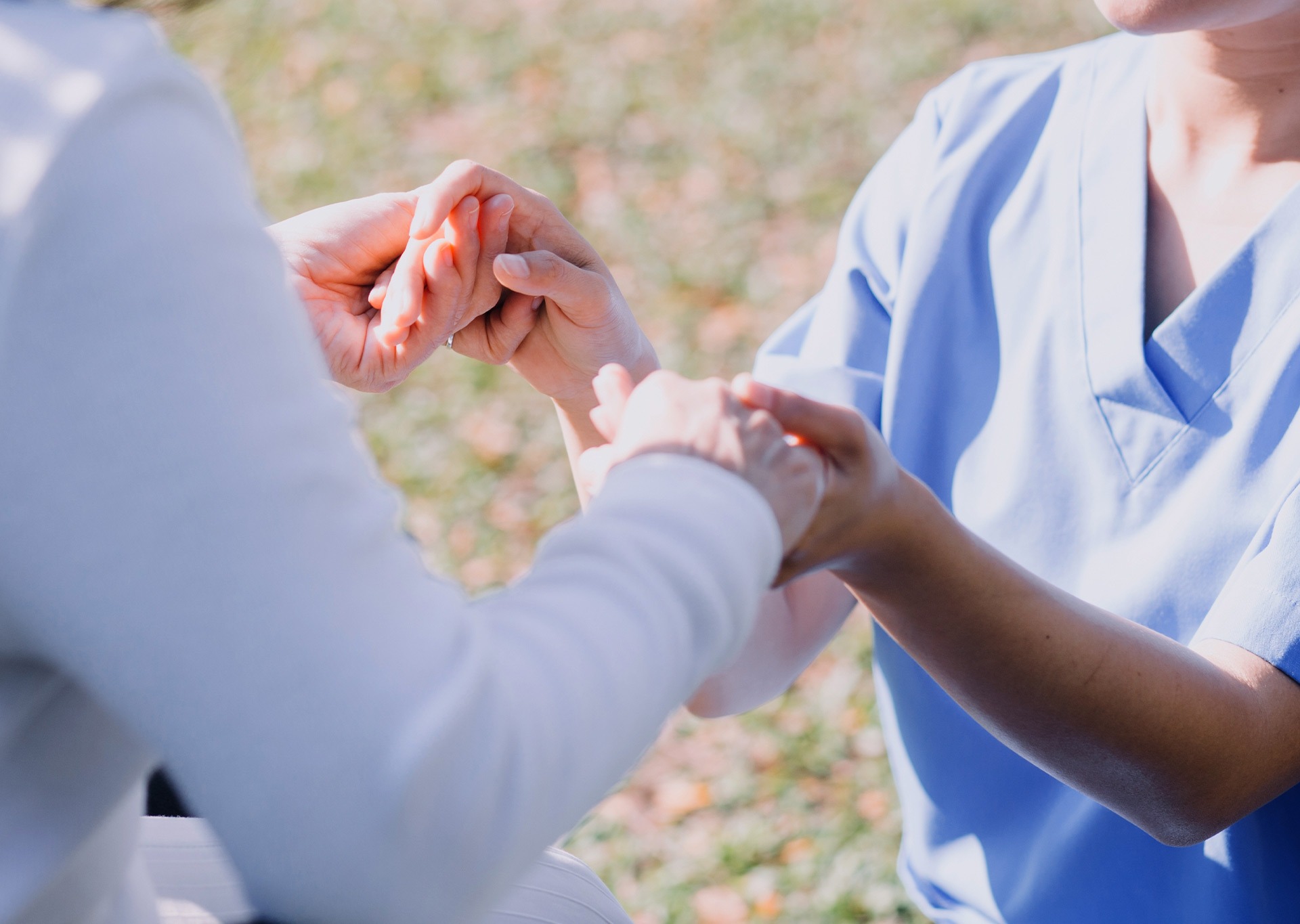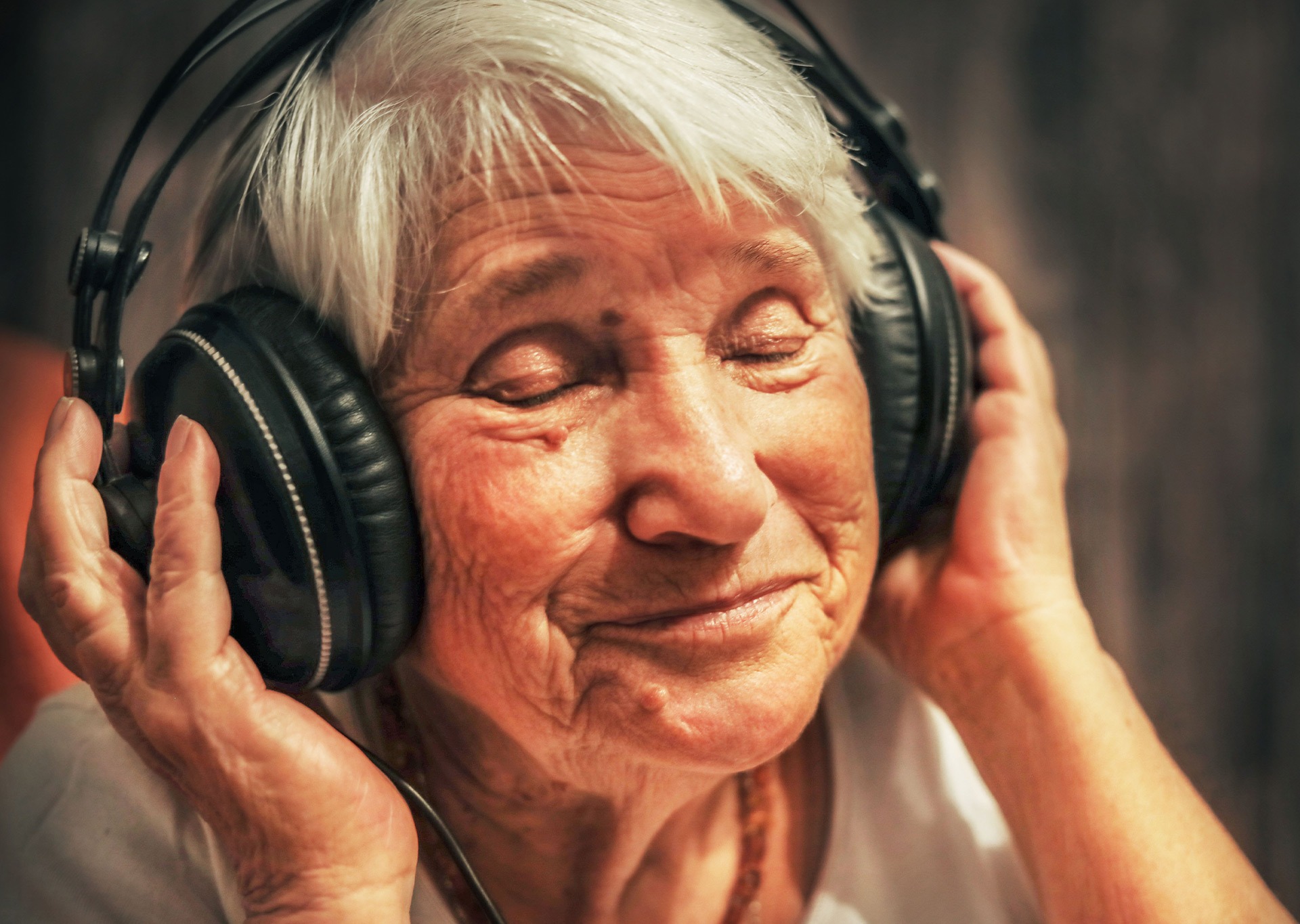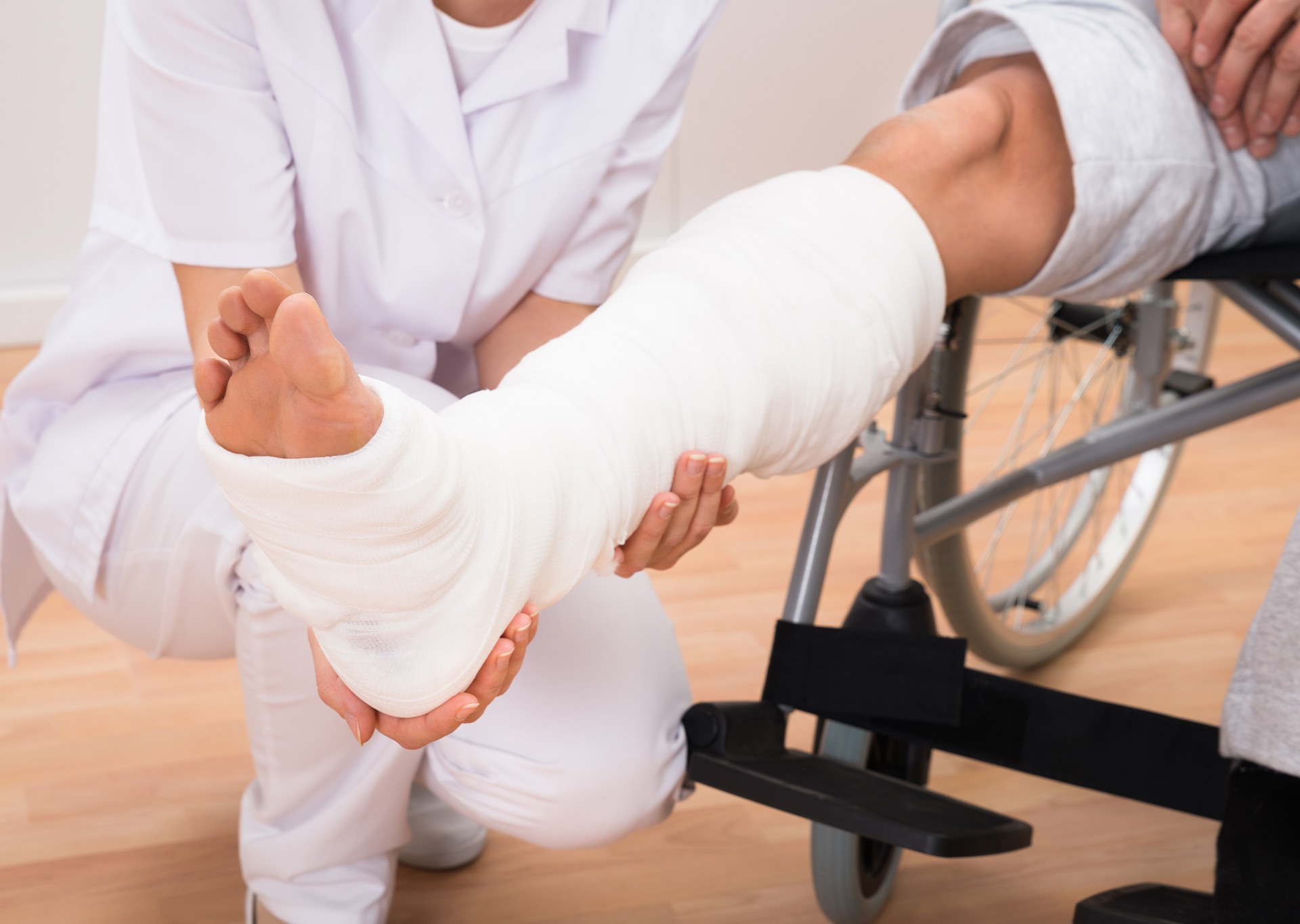
Preventing falls in elderly people with reduced mobility: essential tips
Falls in elderly people with reduced mobility represent one of the main causes of serious injuries. But beyond possible fractures or bruises, these incidents can generate a significant psychological impact. Falls end up becoming a constant concern and causing, in the long run, fear of moving, social isolation and, therefore, a clear decrease in quality of life. Therefore, preventing falls becomes a priority to ensure the physical and emotional well-being of older people.
Implementing effective strategies not only reduces the risk of accidents, but also promotes confidence in daily movements, improving their autonomy and facilitating a more active life. Below, we offer a detailed guide with practical tips to prevent falls and create a safe environment.
1. Keep spaces free of obstacles
An organized and clear home is the first step to ensuring safety. Make sure hallways, entryways, and common areas are free of objects that may impede passage or cause tripping, such as loose cords, small furniture, or toys.
- Safe mats: check that mats are firmly attached to the floor using non-slip tape or replace them with safer surfaces.
- Functional furniture: place furniture strategically to facilitate movement, ensuring enough room to maneuver with walkers, canes, or wheelchairs.
- Specific adaptations: in cases where access to certain areas is difficult, consider rearranging furniture or redistributing rooms to avoid unnecessary risks.
2. Use non-slip products and specialized supports
Slippery surfaces are a constant danger, especially in wet areas such as the bathroom and kitchen. Incorporating specific products for fall prevention can make a big difference:
- Non-slip mats: place these mats in areas such as the bathroom entrance, shower, or near the sink.
- Grab bars: install grab bars on bathroom walls, next to the toilet, and on stairs to provide additional stability.
- Shower seats and benches: these accessories make hygiene routines more comfortable and safe, eliminating the need to stand for long periods.
- Safe flooring: opt for non-slip materials in high-traffic areas and make sure spills are cleaned up immediately to prevent accidents.
3. Improve lighting in the home
Adequate lighting is crucial to ensure that seniors can move around confidently, especially at night or in areas with little natural light.
- Main lighting: make sure rooms, hallways, and stairwells have high-intensity bulbs.
- Night lights: place small automatic lamps in bedrooms, bathrooms, and hallways, making it easier to move around at night without having to search for switches.
- Accessible switches: install switches in accessible locations and consider options with motion sensors to avoid tripping when trying to turn on the lights.
- Brightness control: use curtains or blinds to regulate natural light and avoid reflections that can make it difficult to see.
4. Advanced technology for mobility: the case of the iRoller
The current market offers innovative solutions designed to improve the safety and mobility of the elderly. Among these products is the iRoller, an intelligent electric rollator that revolutionizes the way in which the elderly move around their environment.
- Advanced anti-fall system: the iRoller detects uneven surfaces and emits alerts to avoid tripping or falling. Its technology also helps maintain balance on uneven ground.
- Ergonomic design: this walker is designed to offer comfort and stability, adapting perfectly to the needs of the user.
- Ease of use: through intuitive controls, the iRoller allows you to adjust the speed and direction, guaranteeing safe handling even in tight spaces.
- Autonomy and confidence: with the iRoller, seniors can regain confidence in their mobility, staying active and participating in their daily activities with greater independence.
Conclusions
Preventing falls in older people with reduced mobility is a combination of home adaptations, specialized products and safe daily habits. Maintaining an organized space, incorporating anti-slip aids and improving lighting are fundamental measures that significantly reduce the risk of accidents.
In addition, the use of advanced devices such as TotalCare Europe’s iRoller not only ensures safety, but also encourages independence and improves quality of life. These types of products demonstrate how technology can be a key ally in overcoming physical limitations and maintaining an active lifestyle.
In short, taking care of the mobility and safety of older people requires a comprehensive approach that combines practical and technological solutions. With the right strategies, it is possible to create a safer environment, where older people can move with confidence and fully enjoy their daily lives.








